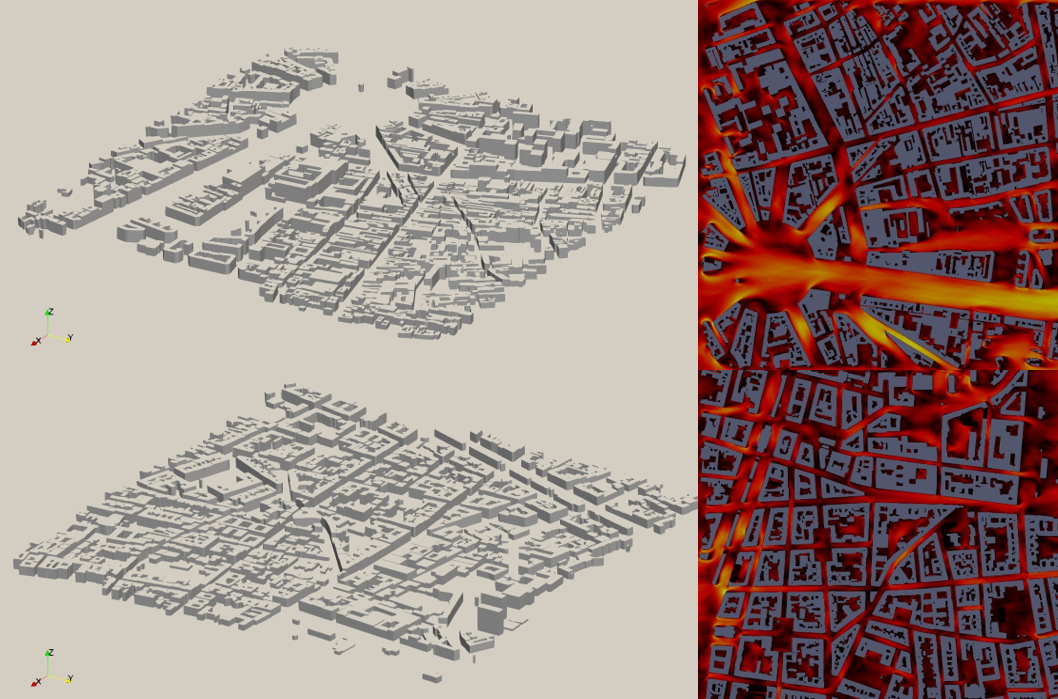Showcasing AI's Role in Curbing Urban Pollution and Streamlining Infrastructure Planning
In Europe’s dynamic cities, understanding wind flow patterns is crucial for enhancing residents’ quality of life. Presented at the 2nd Spanish Fluid Mechanics Conference in Barcelona (2 – 5 July 2023), a groundbreaking study by Joan Calafell and team from the Barcelona Supercomputing Center and Bettair Cities S.L. delves into the potential of Convolutional Neural Networks (CNN) in predicting urban wind flow.

Traditional methods, like Computational Fluid Dynamics (CFD), while detailed, are not cut out for swift predictions. They’re computationally intensive and often too slow for real-time applications. This is where the power of machine learning, specifically CNNs, comes into play. The team trained a CNN using a comprehensive dataset, crafted from high-fidelity CFD simulations across 30 diverse European urban areas under 90 different meteorological conditions. This vast dataset ensures that the neural network learns from a wide spectrum of urban flow patterns and geometrical features.
The results? A promising strategy that can predict accurate mean wind flow in urban areas—even those not seen during the training phase. Such a tool can be invaluable in real-time scenarios, like mitigating urban pollution or planning urban infrastructure.
The study not only showcases the potential of CNNs in this domain but also emphasizes the need for extensive datasets for training. With further refinements, this approach could redefine how we understand and respond to urban wind flow patterns, making our cities safer, cleaner, and more livable.
The last updates of this project will be presented by our CSO Francisco Ramirez will deliver at CEM Exhibition (Continuous Emission Monitoring), 20th to 22th in Barcelona. https://www.ilmexhibitions.com/cem/



